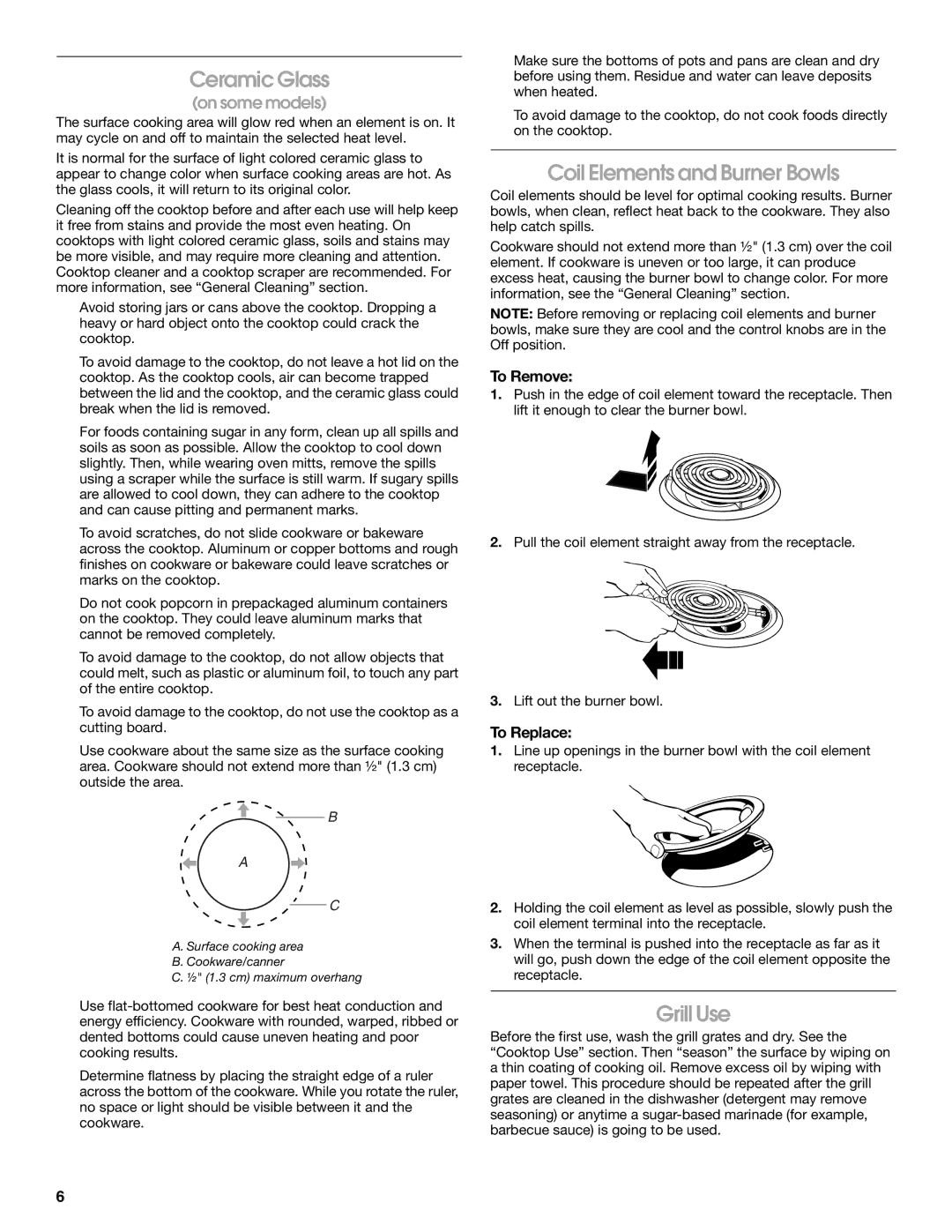20 specifications
The Jenn-Air 20 is a remarkable appliance that stands as a testament to innovative kitchen technology and sophisticated design. This high-end refrigerator offers a unique blend of style, functionality, and cutting-edge features that cater to the needs of modern homeowners who value both performance and aesthetics in their kitchens.One of the standout features of the Jenn-Air 20 is its spacious interior, which provides ample storage capacity for various food items and beverages. The refrigerator is designed with adjustable shelves, allowing users to customize their layout based on their storage needs. This flexibility accommodates everything from tall bottles to large party platters, ensuring that every item has its dedicated space.
Incorporating advanced cooling technologies, the Jenn-Air 20 utilizes a dual cooling system that effectively maintains optimal humidity levels and temperature consistency in both the refrigerator and freezer compartments. This technology helps to preserve the freshness of fruits, vegetables, and perishables longer than traditional models. Additionally, the refrigerator is equipped with a water filtration system that delivers crisp, clean drinking water and ice, further enhancing its convenience.
Another key characteristic of the Jenn-Air 20 is its smart technology integration. The refrigerator features Wi-Fi connectivity and compatibility with home automation systems, allowing users to monitor and control settings remotely through their smartphones. This capability provides real-time notifications and reminders, making it easy to manage grocery lists and track the freshness of ingredients.
The aesthetic design of the Jenn-Air 20 is equally impressive. Available in a variety of finishes, including stainless steel and custom panel options, it can seamlessly blend into any kitchen décor. The sleek French door configuration not only adds a modern touch but also allows for easy access to both the refrigerator and freezer sections, enhancing the overall user experience.
Energy efficiency is another hallmark of the Jenn-Air 20, as it is designed to consume less power compared to its competitors. This not only helps to reduce utility bills but also promotes a more sustainable lifestyle, making it an excellent choice for environmentally conscious consumers.
In summary, the Jenn-Air 20 combines spaciousness, advanced cooling technology, smart home capabilities, and stylish design, making it an ideal addition to any culinary space. Whether for daily use or special occasions, this refrigerator is engineered to meet the demands of a contemporary kitchen while elevating the overall cooking and dining experience.

